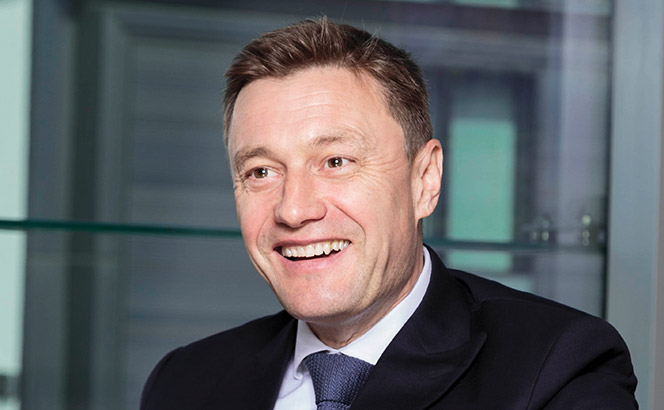
LB100 LAW FIRMS
The firms that appear in the Legal Business 100 (LB100) are the top 100 law firms in the UK (usually LLP partnerships), ranked by gross fee income generated over the financial year 2016/17 – usually 1 May 2016 to 30 April 2017. We call these the 2017 results. Where firms have identical fee incomes, the firms are ranked according to highest profit per equity partner (PEP).









